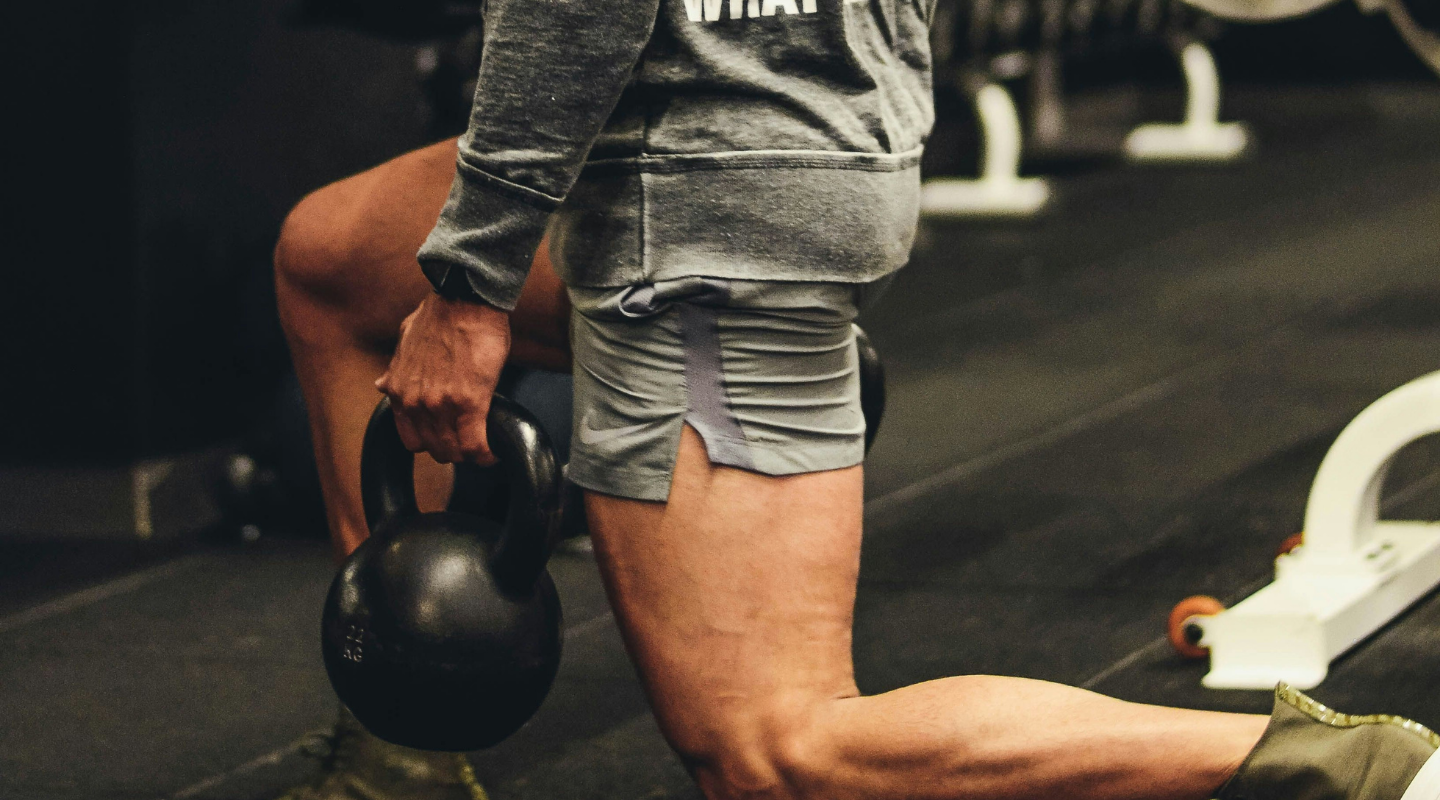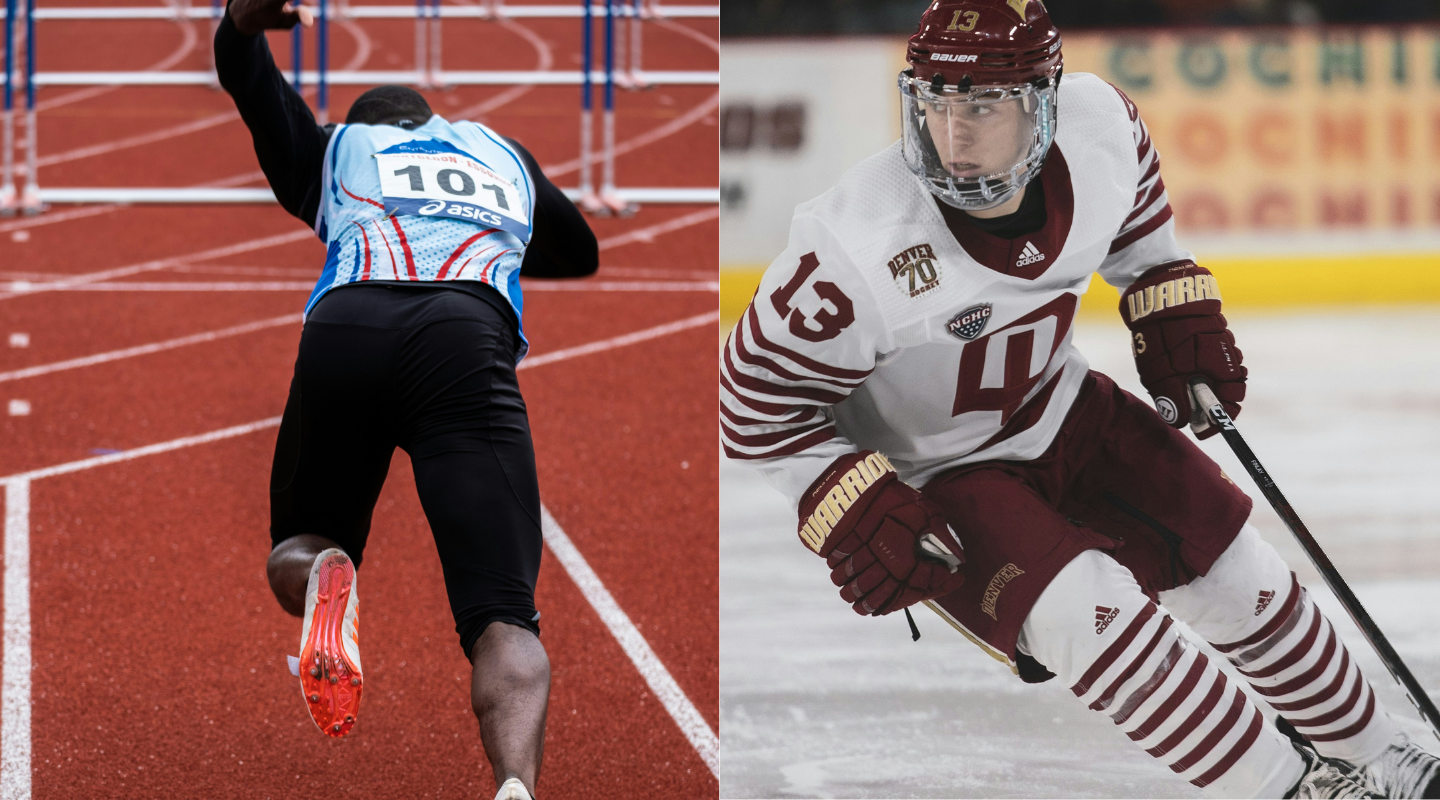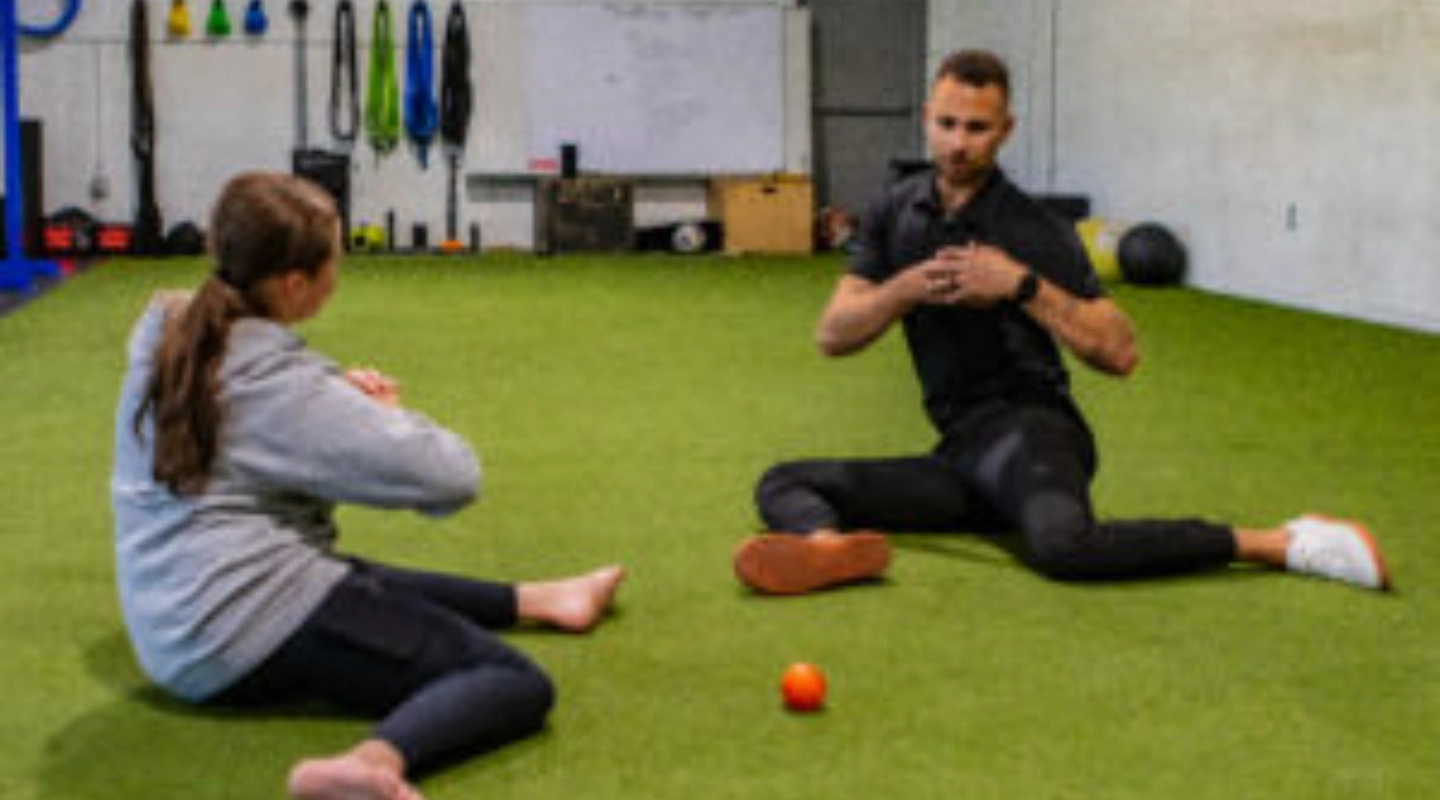
Why Hockey Players Should Be Swinging Kettlebells: Strength, Power, and Injury Prevention
The Case for Kettlebells in Hockey Performance
Hockey demands explosive power, agility, endurance, and durability. Kettlebell training can deliver in ways that traditional strength work sometimes can’t. When used correctly, kettlebells improve posterior chain strength, core stability, grip, and movement quality—all of which translate to better on-ice performance.
What the Research Says
- A recent review (“A Comprehensive Review on Kettlebell Training”) found that kettlebell work is effective at enhancing strength and power in athletes across sports.
- Functional strength training programs in elite young ice hockey players (ages ~15‑18) that include explosive, multi‑joint movements similar to kettlebell drills showed significant improvements in skating speed and agility over 12 weeks.
- Studies of kettlebell sport athletes show that repeated dynamic lifts (snatch, jerk, etc.) contribute to better muscle mass, strength symmetry, and body composition. These traits are helpful for hockey players too—better symmetry often means fewer compensatory injuries.
Key Benefits of Kettlebell Training for Hockey Players
- Explosive Hip Extension & Posterior Chain Power
- Kettlebell swings develop quick first-step acceleration, stronger push-offs, and more powerful crossovers.
- Core & Shoulder Stability
- Exercises like Turkish Get-Ups and windmills improve anti-rotation control and shoulder integrity—critical for puck protection and durability in contact.
- Grip Strength
- Carries and swings improve grip endurance for better stick handling, rebound control, and board battles.
- Functional Conditioning
- Kettlebell complexes mimic hockey’s stop-start nature, improving anaerobic capacity without overloading joints.
- Movement Quality & Injury Prevention
- The offset load of the kettlebell challenges stabilizers, encourages proper joint alignment, and reduces overuse injuries common in hockey players.
Practical Exercises & Programming
Here are kettlebell exercises and a sample block you can use. Always prioritize technique, start light, and progress gradually.
Exercise Examples
- Kettlebell Swing (Hard‑style)
- Build hip drive, posterior chain power, and “snap.”
- 3 sets of 10‑15 swings, focusing on full hinge, glutes, and control.
- Turkish Get‑Up
- Excellent for full‑body stability, shoulder integrity, core control.
- 3‑5 reps per side, slow, with full control.
- Goblet Squat or Single‑Leg Deadlift with Kettlebell
- Builds balance, unilateral strength, and leg drive.
Sample 4-Week Kettlebell Block for Hockey Players
Weeks 1–2: Focus on Learning Movement & Light Volume
- Frequency: 2 sessions per week
- Emphasis:
- Learn proper kettlebell swing mechanics (hinge, glutes, core)
- Practice Turkish get-ups slowly with light load
- Goblet squats and single-leg stability exercises with control
- Goal: Build foundational technique and body awareness
Weeks 3–4: Focus on Power & Speed Emphasis
- Frequency: 2–3 sessions per week
- Emphasis:
- Increase swing volume and intensity with proper rest
- Introduce kettlebell complexes (e.g., swing-clean-press)
- Add dynamic single-leg work for balance and deceleration
- Goal: Improve hip power, conditioning, and hockey-specific movement quality
What to Be Careful Of
- Kettlebell work is ballistic (i.e. it involves fast, swinging movements), so poor form or overuse can lead to lower back, shoulder, or grip issues.
- Heavy high‑rep snatches or swings without proper recovery can irritate hands or connective tissue. Programs should build gradually.
- Kettlebells are not a complete substitute for on-ice training. They should supplement, not replace, skating work, on‑ice drills, and sport‑specific movement.
Conclusion
Kettlebells offer a potent tool for hockey players: they build strength, power, conditioning, and movement control—all essential to excel on the ice. When programmed intelligently (attention to form, gradual progression, balanced with recovery), kettlebell training can give you physical advantages with lower injury risk.
References
- Jaiswal PR, et al. A comprehensive review on kettlebell training. Sports Med Open. 2024;10(1):100. doi:10.1186/s40798‑024‑005xx (sample)
- Bieniec A, Grabara M. Does functional strength training program improve ice speed and agility in young elite ice hockey players? Front Physiol. 2025;16:1448495. doi:10.3389/fphys.2025.1448495
- Stagi S, et al. Body composition and strength symmetry of kettlebell sport athletes. Biology. 2023;12(3):440. doi:10.3390/biology12030440
.png)




